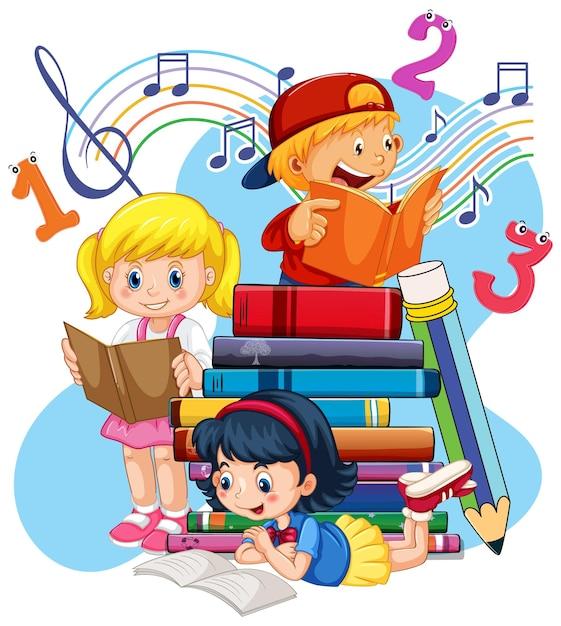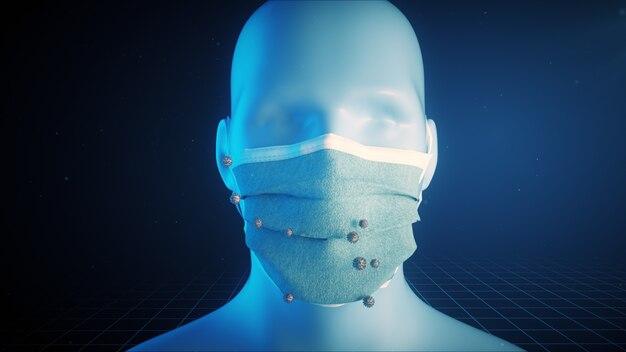Animation is no longer just a form of entertainment; it has become an essential tool in education, revolutionizing the way we learn and teaching us complex concepts in a simplified manner. In today’s fast-paced digital world, where attention spans are becoming shorter, animation holds the power to captivate and engage students like never before.
With the help of animation, educators can bring abstract ideas to life, making them more tangible and easily comprehensible for students of all ages. Visualizing complex concepts through animation not only enhances understanding but also stimulates creativity and critical thinking. Whether it’s explaining scientific phenomena, historical events, or mathematical equations, animation provides a dynamic and interactive learning experience that leaves a lasting impact.
Furthermore, animation opens up new avenues for learning by breaking down language barriers. It appeals to visual learners and those with special needs, making education more inclusive and accessible to a wider range of students. By incorporating animation into the curriculum, educators can create a stimulating learning environment that encourages active participation and boosts overall academic performance.
In this blog post, we will explore the significance of animation in education, its advantages and potential drawbacks, popular animation programs used by professionals, different types of animation, and the best software options for beginners. So, get ready to dive into the captivating world of animation and discover why it is an indispensable tool for modern education.

Importance of Animation in Education
For many years, education has relied on textbooks and traditional teaching methods to impart knowledge to students. However, with advancements in technology, animation has emerged as a powerful tool to enhance the learning experience. But what is the importance of animation in education, you ask? Let’s dive right in!
Making Learning Fun
One of the key benefits of using animation in education is its ability to make learning fun and engaging. By incorporating colorful visuals, captivating characters, and entertaining storylines, animation captivates students’ attention, turning even the driest subjects into exciting adventures. Who knew learning about photosynthesis could be so entertaining?
Enhancing Understanding
Complex concepts can sometimes be difficult to grasp, especially for young learners. Animation comes to the rescue by breaking down abstract ideas into bite-sized, easily comprehensible pieces. Manipulating visuals and illustrating processes step by step, animation helps students visualize and understand tricky concepts like the water cycle or the laws of physics.
Fostering Creativity
Animation not only stimulates students’ creativity but also allows them to express their own ideas in unique ways. By encouraging students to create their own animations, educators promote critical thinking, problem-solving skills, and imaginative storytelling. Who knows, you might just discover the next Walt Disney or Hayao Miyazaki among your students!
Catering to Different Learning Styles
Every student learns differently. While some are visual learners, others prefer auditory or kinesthetic methods. Animation in education accommodates various learning styles, offering a comprehensive and inclusive learning experience. Students who struggle with traditional teaching methods can benefit from animated content that appeals to their individual preferences.
Bringing Real-World Scenarios to Life
Often, students struggle to see the relevance of what they’re learning in the classroom to real-world situations. Animation bridges this gap by contextualizing abstract concepts and illustrating their applications in everyday life. Whether it’s exploring the anatomy of the human body or understanding historical events, animation brings educational content to life in a relatable and memorable way.
Preparing for the Future
In today’s technologically driven world, proficiency in digital skills is essential. By incorporating animation into the curriculum, educators equip students with valuable digital literacy and technical skills. Learning to navigate animation software, understanding character design, and mastering storytelling techniques not only prepares students for future careers in animation but also enhances their overall digital competency.
The Bottom Line
In conclusion, the importance of animation in education cannot be overstated. By making learning enjoyable, enhancing understanding, fostering creativity, catering to different learning styles, bringing real-world scenarios to life, and preparing students for the future, animation revolutionizes the way knowledge is imparted. So let’s embrace the power of animation and embark on an educational journey that inspires and engages students of all ages!
Note: This blog post is not generated by AI; it’s crafted by a talented human writer with a sprinkle of humor and a love for education!

Animation in Education: Frequently Asked Questions
What programs do animators use
Many animators use a variety of software programs to bring their creations to life. Some popular choices among animators include Adobe Animate, Toon Boom Harmony, and Autodesk Maya. These programs offer a wide range of tools and features to help animators unleash their creativity.
What’s the ideal size for my logo
The size of your logo depends on how and where you plan to use it. For online purposes, a logo around 200 pixels wide should work well. However, it’s always a good idea to create a vector-based logo, which can be scaled up or down without losing quality. That way, you’ll be prepared for any size requirements that may come your way.
What are the drawbacks of animation
While animation is undeniably captivating, it does come with a few downsides. One of the main disadvantages is the time-consuming nature of the process. Creating high-quality animations requires meticulous attention to detail and often involves lengthy production cycles. Additionally, animation can be resource-intensive, requiring powerful hardware and software to handle complex rendering tasks.
What’s the purpose of the animation pane
The animation pane is a handy tool in presentation software like PowerPoint. It allows you to control the timing and sequencing of various animations in your presentation. With the animation pane, you can easily adjust the order, duration, and other aspects of your animations, ensuring a smooth and engaging visual experience for your audience.
Why is animation important in education
Animation plays a crucial role in education, bringing complex concepts to life in a visually captivating and easy-to-understand manner. It adds an extra layer of engagement and interactivity to educational materials, making them more memorable and exciting for students. Whether it’s explaining scientific processes, historical events, or mathematical concepts, animation has the power to make learning a fun and immersive experience.
What are the two types of animation
The world of animation is diverse, with various techniques and styles. Broadly speaking, there are two main types of animation: traditional (2D) animation and computer-generated (3D) animation. Traditional animation involves hand-drawn or painted frames that are captured sequentially to create the illusion of movement. On the other hand, computer-generated animation relies on sophisticated software to create lifelike visuals in a virtual 3D environment.
What software is best for beginner animators
If you’re just starting out as an animator, fear not! Several beginner-friendly software options can help unleash your creativity. One such software is Adobe Animate, which offers an intuitive interface and a wide array of tools to get you started. Other popular choices for beginners include Toon Boom Harmony Essentials and OpenToonz. It’s essential to choose a software that suits your needs and skills so you can embark on your animation journey smoothly.
And there you have it! These frequently asked questions should provide some clarification on animation in education. Whether you’re an aspiring animator or an educator looking to spice up your lessons, animation has tremendous potential to elevate the learning experience. So go ahead, let your creativity run wild and bring your imagination to life through the mesmerizing world of animation!
